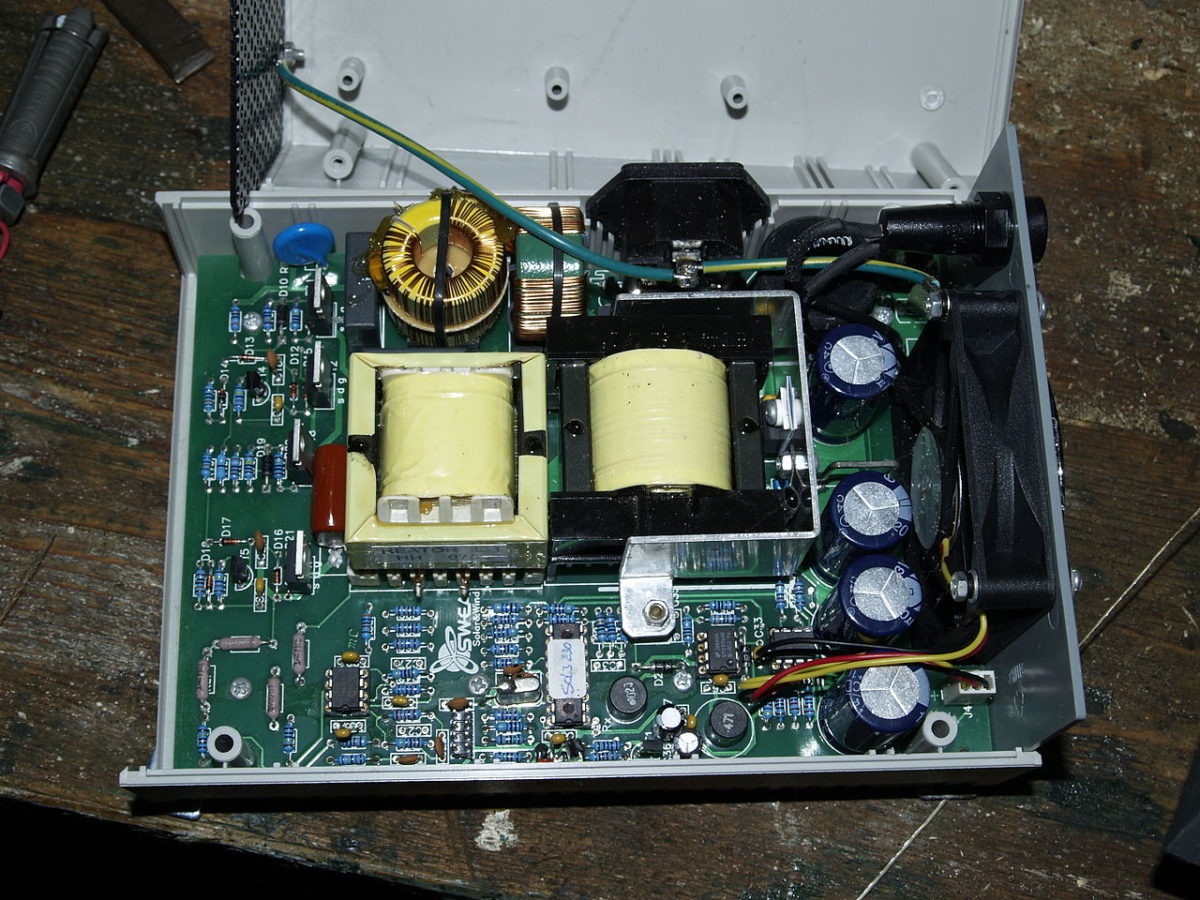Researchers at the University of Colorado Boulder have sought to assess how advanced control architectures and grid-optimization methods could ensure network synchronization in energy systems dominated by intermittent renewable energy sources.
In “Synchronization in electric power networks with inherent heterogeneity up to 100% inverter-based renewable generation,” recently published in Nature Communications, the US group analyzed how grid-forming (GFM) or grid-following (GFL) inverters can act as primary mechanisms to improve grid synchronization, especially during low-inertia operating conditions. They approached this in three main ways: heterogeneous coupling damping factors related to real-world power networks; a parametric sensitivity analysis highlighting the significance of the damping component; and the feasibility of grids operated by 100% inverter-based energy technologies with enhanced synchronization capabilities. They found that mechanical networks with small inertial mass and great damping characteristics show a higher capability for stable natural synchronization.
“This notion is intuitive as although the mass provides an inertial resistance to the acceleration of a body when subjected to force, it also creates an inertial resistance to slowing down the mass once moving,” they stated. “In addition, the higher damping capability allows the network to more effectively dissipate the kinetic energy produced by an external force.”
They also found that kinetic energy induced in the mechanical network is directly proportional to the inertial mass. The ability to dissipate the kinetic energy is also proportional to the damping coefficient.
“The assumption of homogeneity in the characteristics of subsystems, subnetworks, or components of an interconnected network is rarely valid for real-world large-scale networks; embedding such assumptions into an analytical model to study real-world, complex, interconnected networks may distort the findings,” they said.
The researchers said power systems based on GFM inverters ensure that the inertia and damping coefficients can be adaptively adjusted. But with power systems based on GFL inverters, inertia and damping coefficients are dependent on the machine design, they said.
“The GFM technologies can be generally categorized into virtual synchronous machine (VSM) and multi-loop GFM. Both technologies have a frequency response with dynamics that can be described by a second-order differential equation,” they said, noting that the multi-loop devices can provide damping support independent of the inertial contribution.
The researchers claimed to have provided a basis for the development of a control solution that could ensure the reliable, safe and stable operation of future power networks.
“To this end, it is pivotal to reconsider the control and automation systems currently in place, both the structure and algorithms, and perhaps design and implement modern control systems that are designed and tuned in accordance with the dynamic behaviors and characteristics of power networks with high levels of inverter-based generation,” the scientists concluded. “In future power networks dominated by grid-forming inverters, new concepts such as adaptive protection that follows the grid inertia to adjusts its settings in real-time, and generators’ available headroom reserve are factored into the determination of the droop value in real-time, making the grid a dynamically adaptive network and to do so, various control schemes can be utilized, especially highly distributed control systems.”
This content is protected by copyright and may not be reused. If you want to cooperate with us and would like to reuse some of our content, please contact: editors@pv-magazine.com.




2 comments
By submitting this form you agree to pv magazine using your data for the purposes of publishing your comment.
Your personal data will only be disclosed or otherwise transmitted to third parties for the purposes of spam filtering or if this is necessary for technical maintenance of the website. Any other transfer to third parties will not take place unless this is justified on the basis of applicable data protection regulations or if pv magazine is legally obliged to do so.
You may revoke this consent at any time with effect for the future, in which case your personal data will be deleted immediately. Otherwise, your data will be deleted if pv magazine has processed your request or the purpose of data storage is fulfilled.
Further information on data privacy can be found in our Data Protection Policy.